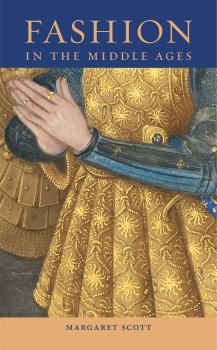I am a fan of Clare Hunter’s. I particularly liked Threads of Life.
Here’s the blurb …
In an era of screens and machines, what a joy it is to read Clare Hunter’s inspiring new book, which summons up the creative delights of making wonderment with our own hands’
Justine Picardie, author of Miss Dior
‘Making Matters celebrates the joy of the handmade in all of its wonderful variety. In a fast paced world, it is a timely and beautiful exploration of making traditions. I loved it!’
Kate Strasdin, author of The Dress Diary of Mrs Anne Sykes
As children, we made things: snowmen, paper boats, eccentrically costumed plays. That making fired our minds and imaginations – it altered our small worlds and shaped who we became. But as adults, it is hard to find to find the space for creativity and to remember its power.
Exploring craft traditions and forms of making from across centuries and cultures, Clare Hunter encourages to engage with the world afresh. To use our hands again, to see beauty in unexpected places, to play and protest and embrace imaginative possibilities. From paper crafts to wonders made from light and snow, she searches for creative delight – making lanterns, puppets and pinhole cameras.
Inspiring and fascinating, Making Matters celebrates individual and collective creativity. It blends history, culture and politics with rich storytelling, wonderful characters and tales of remarkable objects. Read this, and then make something.
I found this interesting and the writing is lovely. I would have liked images of the items being described, but perhaps that would make the book’s price exorbitant. There is cultural and social history, but also some personal anecdotes.
Very easy to read if you are all interested in making things.














